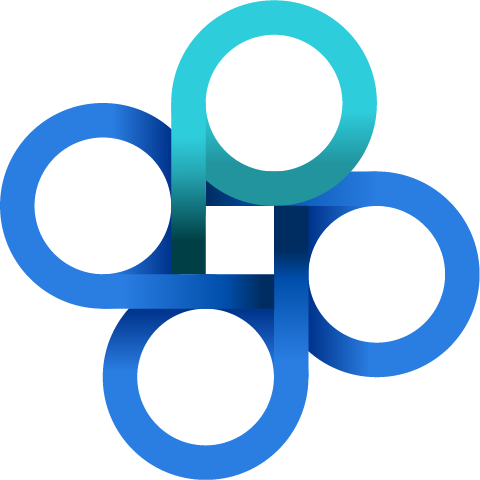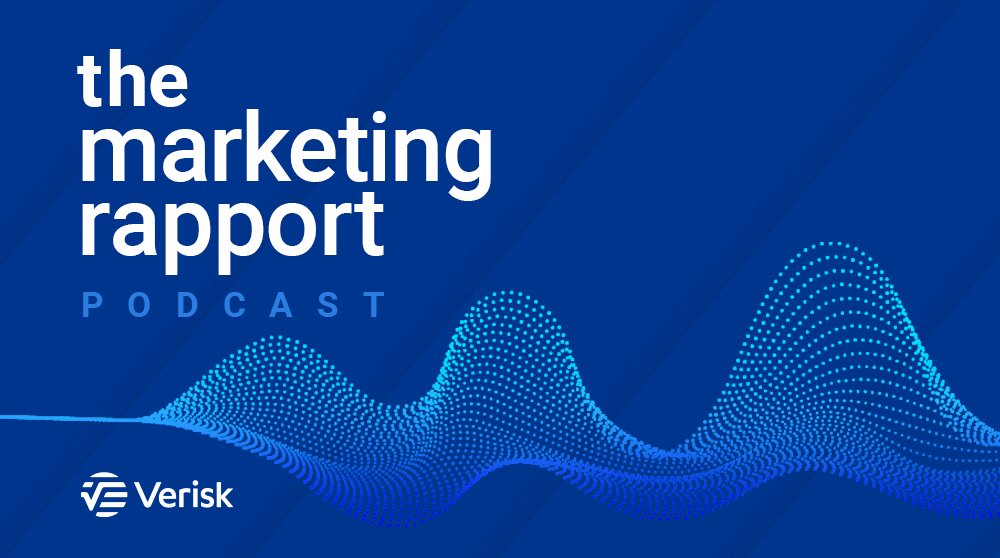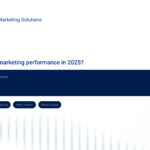How Leading Organizations Identify Active Buyers … Before They Submit a Lead
Understanding the journey that customers take as they shop, research, and make purchases is essential for marketers to be able to optimize their marketing spend and create the best possible experience for their customers. Mapping that journey, means taking a wider view of the interactions that customers have with brands—all the way through the marketing funnel.
This means that each customer interaction provides insights into where they are in their journey and what their propensity to buy or act is at the moment. While performance marketing or lower funnel activity often gets the most focus, the activity and behaviors that customers exhibit at the top of the funnel also provide valuable insights into their intent to buy and potential lifetime value.
This was the focus of the discussion with Todd Jones, President of Retail Mortgage at BBMC and Eris Seidelman, Vice President for Performance Digital at Universal McCann, and I had about how brands in the mortgage and insurance industries are leveraging these insights to better understand their customers’ behavior to optimize their acquisition.
Optimize Marketing
In the insurance industry, this is very important as carriers are trying to re-band themselves as a one-stop shop, able to provide for all of a customer’s insurance needs. As these brands expand the depth and breadth of their offerings, the signals that customers provide during their shopping and buying journey are becoming even more valuable.
These insights not only help them optimize their marketing programs, but also help inform their ideal customer profile. If you can understand the journey your customers take and the signals they give during that journey, it’s much easier to identify prospects and leads who show similar behaviors and target them with the content and messages that have previously been successful.
That’s kind of where Nationwide is, said Eric Seidelman, whose team at Universal McCann supports Nationwide’s digital acquisition programs. “They’ve got through a lot of segmentation work to identify what this person looks like … so they have a really good understanding of what the ideal customer looks like. But now that they’ve identified that – the challenge is to go out and target the right message for that audience. Not all the way down when they’re ready to fill out a lead form or purchase something, but when they’re still in that shopping/consideration phase of the process.”
As part of his work, Seidelman helps Nationwide build a program of continuous engagement at all levels of the funnel to progress customers to become customers, and then cross-sell and up-sell them on other relevant products and services.
Understanding Behavior
Using behavior and intent data from all stages on the customer journey, marketers can identify customers who have a higher propensity to not only purchase one product or service, but others as well. For instance, customers who are shopping for one product, often exhibit behavior which provides clues into their need and intent to purchase additional products such as life insurance, investments, etc.
In the mortgage industry, brands have similar needs to optimize their engagement with customers during their shopping journey. “When someone is gearing up to purchase a home, there’s several things they’re going to need to look at,” said Todd Jones. “ It’s not just the mortgage, it’s furniture, it’s insurance, and it’s any number of different aspects. You can try to look at the top of the funnel, are they behaving in a way that projects that they might be interested in buying a home right now.”
Using those signals, brands can determine whether a customer is in market, as well as where they are in their buying journey. “The challenge is when you start to get into some of those behavioral things and the attitudinal things that we’re looking at, it’s more difficult to target someone who likes to gather information and do research prior to making a large purchase decision,” said Seidelman.
Using Data
That is where having the right data is key. Integrating existing data sources with third-party data enables organizations to draw insights from customer behavior to help them identify and target the right customers at the top of the funnel with the right content and offers. And as they progress in their journey, use that behavior and intent data to score, prioritize and optimize that engagement at each level of the marketing funnel to reduce their acquisition costs and increase their conversion rates.
“That ability to bring that data in and then to prioritize and to optimize how we approach that specific customer, based off of not only the data they provided, third-party data we append from other sources, but also that customer intent score, is huge,” said Jones. “It puts us in a position where we’re putting the right messaging and putting the right resources at the right time, with the most convertible opportunity .”
When successfully implemented, these strategies will not only improve the performance of marketing programs, but also provide a more positive experience for customers. This leads to higher brand loyalty and customers who have a higher lifetime value.
Jaimie Pickles is GM of Insurance at Jornaya.









 Your Privacy Choices for Platform Services | Data Services
Your Privacy Choices for Platform Services | Data Services